Angkor Thom covers an area of 9 km², is the longest-lived capital and also the last city abandoned in the 16th century of the ancient Khmer empire. Looking at the map, you can see that Angkor Thom temple is many times larger than Angkor Wat.
Angkor Thom - The Heart of the Khmer Empire
Angkor Thom is the ancient Khmer capital. (Photo: Collected)
Angkor Thom has been described as "the wonder of Plato's Atlantis" and was mistakenly believed by some Westerners to have been built by the Roman Emperor Trajan. "Angkor Thom" meaning "Great City" is one of the most prominent structures of the Angkor complex. Built in the late 12th century under the reign of King Jayavarman VII, Angkor Thom covers an area of approximately 9 km² and was the last capital of the Khmer Empire. It was a powerful royal city, containing palaces, temples and fortified defenses.
Designed as a giant square, Angkor Thom is surrounded by a 12-kilometer-long wall and a deep moat. There are four main gates leading into the city: the South Gate, the North Gate, the East Gate, and the West Gate, along with a side gate called the Victory Gate. Of these, the South Gate of Angkor Thom is the most popular tourist destination, due to its unique beauty and the giant statues of gods lining both sides of the road leading to the gate.
1. Explore Angkor Thom South Gate - Gateway to the mysterious world
1.1. History and architecture of Angkor Thom South Gate
The South Gate of Angkor Thom (Tonle Om Gate), is one of five ancient gates dating back to the 12th century. (Photo: Collected)
Angkor Thom’s South Gate, the most used and best preserved gate in the complex, is built of sandstone, with an entrance through 8-meter-high laterite walls, and a gate some 23 meters high, a testament to the architectural and sculptural talent of the ancient Khmer people. The South Gate features colossal faces carved directly into the rock, representing the god Avalokiteshvara, the bringer of compassion and wisdom.
When you arrive at Angkor Thom, you will first see the large causeway spanning a 100-meter wide moat, flanked by naga railings that begins with a giant stone carving of a seven-headed Naga (mythical snake) being held up by a multi-armed, multi-headed giant. On each side, there are 54 stone giants pulling the body of the Naga.
1.2. Unique stone statues
Stone statues at Angkor Thom. (Photo: Collected)
The South Gate of Angkor Thom is characterized by the rows of giant statues of deities that line both sides of the path leading to the gate. On the right are statues of Devas (gods), and on the left are statues of Asuras (evil gods). Both rows of statues are reenacting a legendary scene from the Indian epic Mahabharata - Churning of the Ocean of Milk. They are pulling the serpent Vasuki, symbolizing the struggle between good and evil to create eternal life.
Similar to the other four gates, three-headed elephants flank the 3.5-meter-wide, 7-meter-high entrance, pulling lotus flowers from the water with their trunks. Their tusks have been eroded by time. This three-headed elephant, Airvata, can also be seen in the bas-reliefs of Angkor Wat, depicted supporting the god Indra on crossbeams throughout ancient times, and is also a prominent feature of the nearby Terrace of the Elephants. They are carved in great detail, and if you look closely, you can still see many of those details, such as the base of the trunk, the eyes, the bell hanging from the neck, etc.
Above the elephants are three statues, a man flanked by two guardian deities, which many believe to be a depiction of King Jayavarman VII, holding the sacred vajra (thunderbolt), flanked by his two queens, Indradevi and Jayarajadevi. Notably, Henri Marchal and others have suggested that this may be a depiction of Indra flanked by two guardian deities.
1.3. The Giant Face - Symbol of the South Gate of Angkor Thom
At the top of the four entrance gates are four giant faces carved into stone, eyes half-closed, looking in four directions. (Photo: Collected)
Right at the center of the South Gate of Angkor Thom temple are four giant faces facing four different directions, this is one of the check-in spots not to be missed when traveling to Cambodia to Angkor Thom.
Rising above the Indra triad and its consorts on each side of the entrance is a row of praying devatas, surmounted by four massive and beautifully carved faces, facing each direction. Between the faces are individual devatas with long flowing hair that mimics the beautiful native vines of the region.
These four giant faces are believed by some to depict King Jayavarman VII, Avolikiteshvara, or Brahma. Locals believe that they are Brahma. Like the smiling faces of the Bayon, this is a point that has not been resolved by researchers. The four giant smiling faces have a diamond-shaped crown on their foreheads, an ornate crown/coronet with a symbol in the middle, and large, iconic decorative earrings. Some of the faces appear to have had moustaches, as a neat curve at the end, but these may simply be remnants of the outer part around the lips.
Atop the four sides are three towering prasats (shrines), the central tower being the tallest, having three false storeys with false doors on each side and elaborately decorated cross beams and gables before reaching the top and lotus spire.
2. Attractions in Angkor Thom temple complex you should not miss
Exploring Angkor Thom is not only about admiring ancient temples, but also an opportunity for Cambodian tourists to learn more about the culture, history and religion of this country. Here are some attractions in Angkor Thom that you cannot miss:
2.1. Bayon Temple
Bayon is one of the most beautiful temples and the most popular tourist destination in Cambodia at the Angkor Thom temple complex. (Photo: Collected)
After passing through the South Gate of Angkor Thom, the first destination you will see is the Bayon Temple - a masterpiece of Angkor Thom. The Bayon Temple is famous for its 54 towers, each with four giant faces looking in four directions, a total of 216 smiling faces. These faces are said to represent the god Avalokiteshvara or King Jayavarman VII himself.
As you enter the Bayon Temple, you will see reliefs depicting the daily life of ancient Khmer people, from fighting, hunting, to religious ceremonies. This is a great place to feel the breath of Khmer history and art.
2.2. Baphuon Temple
Baphuon Temple is located just north of Bayon Temple, built in the 11th century. The temple has a unique architecture and was once likened to " the pyramid of Cambodia ". Traveling to Angkor Thom, visitors will admire the giant 70-meter-long horizontal Buddha statue, built with thousands of stacked stone blocks.
Baphuon is a three-story mountain-like structure with a grand entrance, flanked by two large ponds on either side of the road leading to the temple. Baphuon was dedicated as a state temple to King Udayadityavarman II. The highlight of the temple is the huge observatory on the upper floor, which offers great views of the surrounding landscape. From the west side of the temple, a signposted path leads to the side entrance of the Royal Palace and Phimeanakas Temple.
Peaceful view from Baphuon. (Photo: Collected)
2.3. Phimeanakas Temple
Phimeanakas is a 10th century Hindu temple built in the Khleang style. The three-tiered pyramid was used as a place of worship for the gods. From Baphuon Temple, visitors walk a few hundred meters through the forest canopy to reach the temple. Although smaller than other temples in the area, it is still about 40 meters high.
2.4. Preah Palilay Temple
Located in the Angkor Thom temple complex, Preah Palilay is a small structure located north of Phimeanakas Temple. It contains elements from both Hinduism and Buddhism because in addition to ancient Hindu temples, people also place large Buddha statues here. And it is also the most overlooked Angkor Thom tourist destination in this complex. Preah Palilay has a unique structure surrounded by dense forest, it has a cruciform ancient sandstone courtyard with a railing of a seven-headed Naga snake with Dvarapala (guardians) and lion statues at the entrance. The courtyard also has a large sitting Buddha image. The temple is quite small so you can easily visit it quickly.
However, there is one very interesting thing that you can only see in Preah Palilay in the Angkor Thom temple complex : many locals come here to take wedding photos and family photos.
2.5. Terrace of the Elephants
Photo: Collected
The Terrace of the Elephants is a place that almost any tourist traveling to Angkor Thom will visit, because it is quite airy and cool. The Terrace of the Elephants is actually a 2.5 meter high and 300 meter long platform used by King Jayavarman VII to watch his victorious army return. From here, you can look out over a green lawn and other temples.
2.6. Terrace of the Leper King
Along with the Terrace of the Elephants, the Terrace of the Leper King is one of the most visited sites in the Angkor Archaeological Park. According to some experienced visitors to Angkor Thom many times, the reason it is called the Terrace of the Leper King is because the locals believe that it resembles a leper. There is also a legend about King Yasovarman I, who apparently suffered from leprosy.
3. Interesting experiences at Angkor Thom
Experience cycling to explore the Angkor temple complex - one of the seven wonders of the world recognized by UNESCO. (Photo: Collected)
Stroll through the Royal Square: The Royal Square was once the site of important royal ceremonies. It is a large area that includes the Elephant Terrace and the Terrace of the Leper King. The Elephant Terrace was used for royal parades, with its elaborate carvings of giant elephants.
Cycling around Angkor Thom: One of the most memorable experiences when traveling to Angkor Thom Cambodia is cycling through the tree-lined paths along the ancient city walls. You will feel like you are lost in another world, where nature and heritage meet. Get your camera ready, because every angle can bring you beautiful photos.
Angkor Thom Temple is one of the most precious heritages of Cambodia , not only because of its historical value but also because of its magnificent and mysterious beauty. The South Gate of Angkor Thom is the destination that opens the door for all visitors to explore the majestic beauty of this ancient city. The journey to Angkor Thom will be an exciting adventure, taking you back to the time of the mighty Khmer empire and feeling the immortal spirit of a great civilization. If you have the opportunity to travel to Cambodia , do not miss this wonderful experience. Come and admire the masterful architectural works with your own eyes, immerse yourself in the rich history and culture of the country of pagodas and towers.
Source: https://www.vietravel.com/vn/am-thuc-kham-pha/du-lich-angkor-thom-campuchia-v16090.aspx


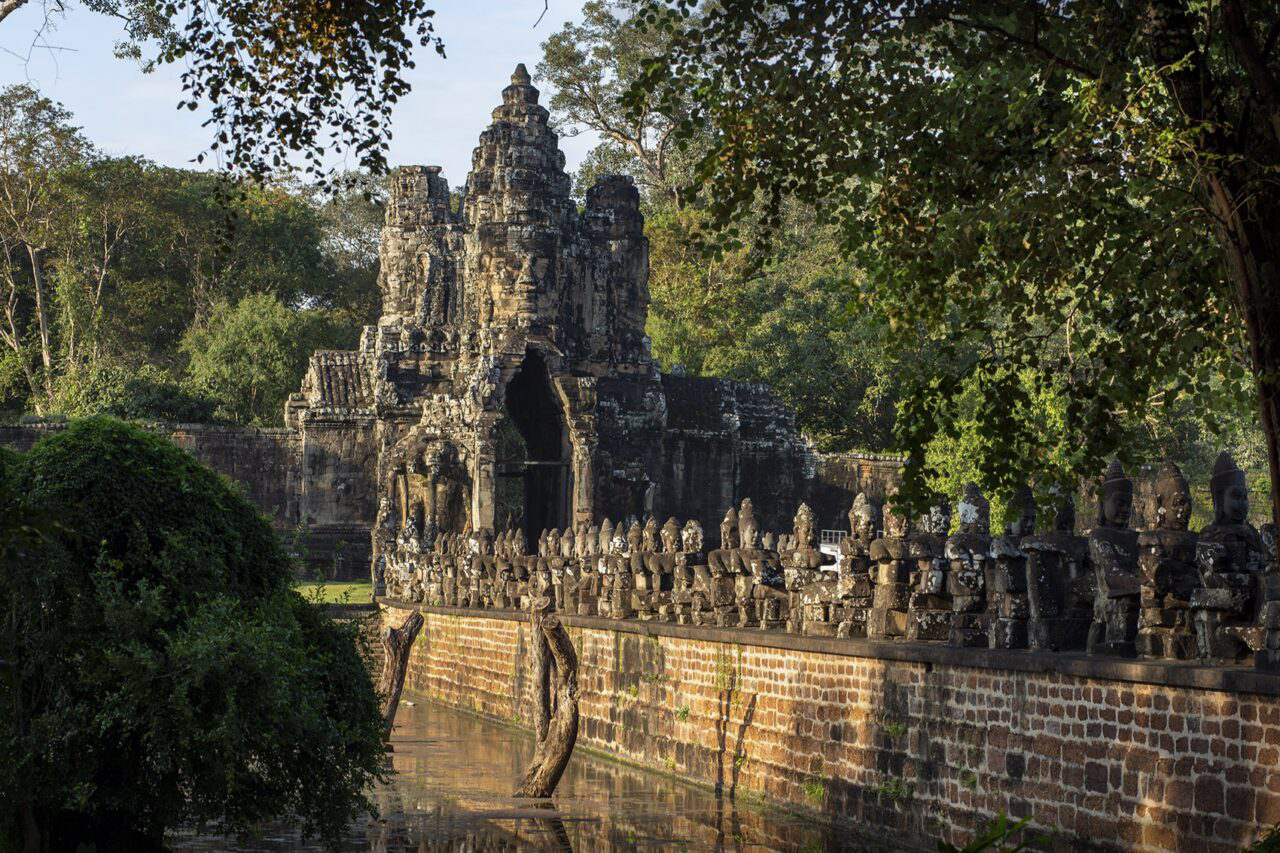
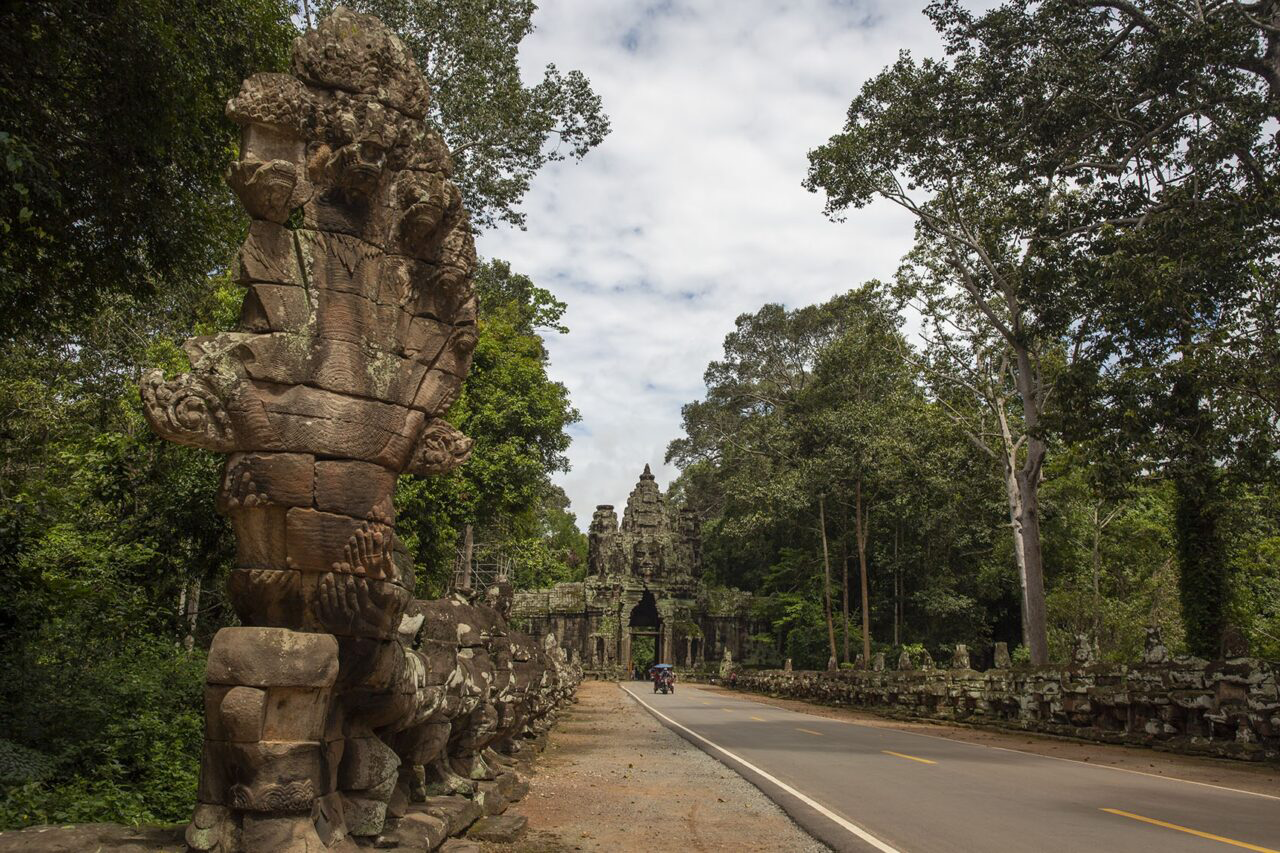
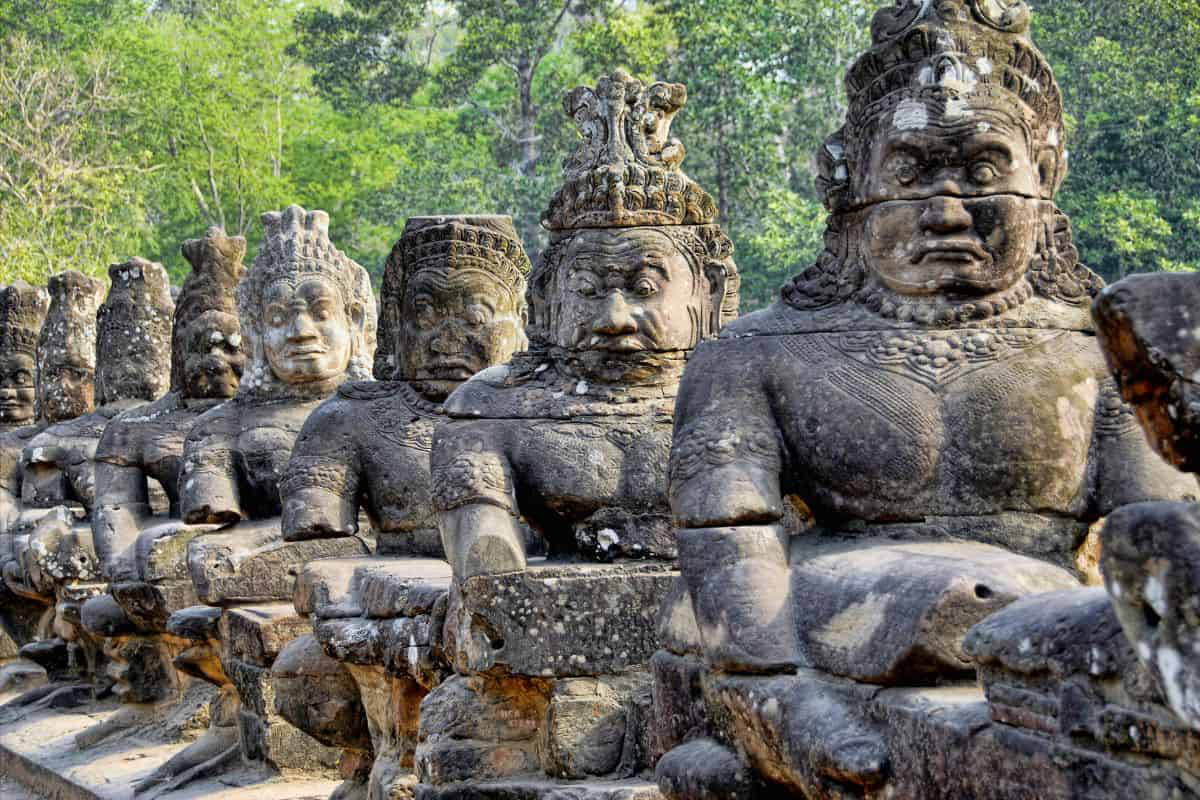
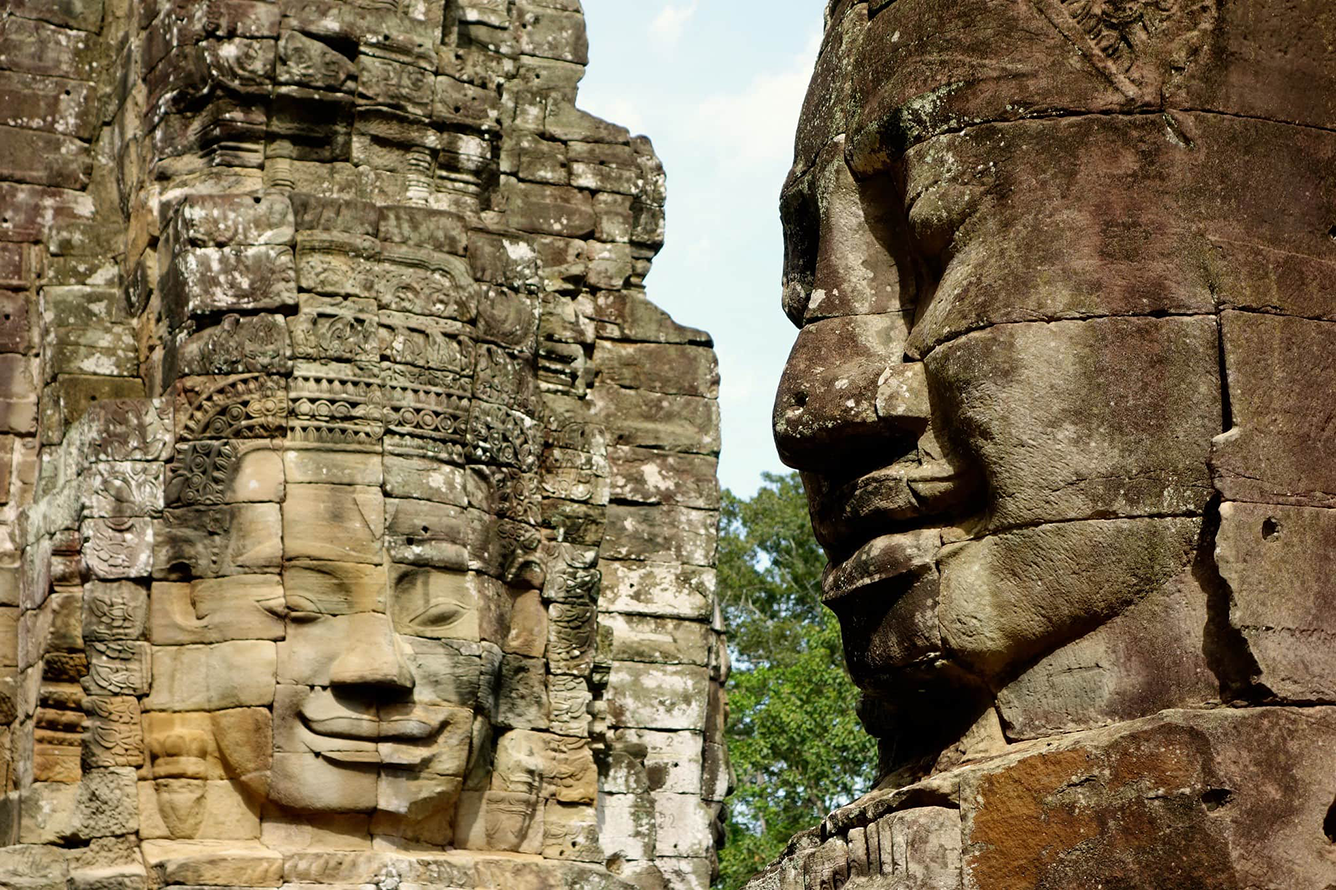
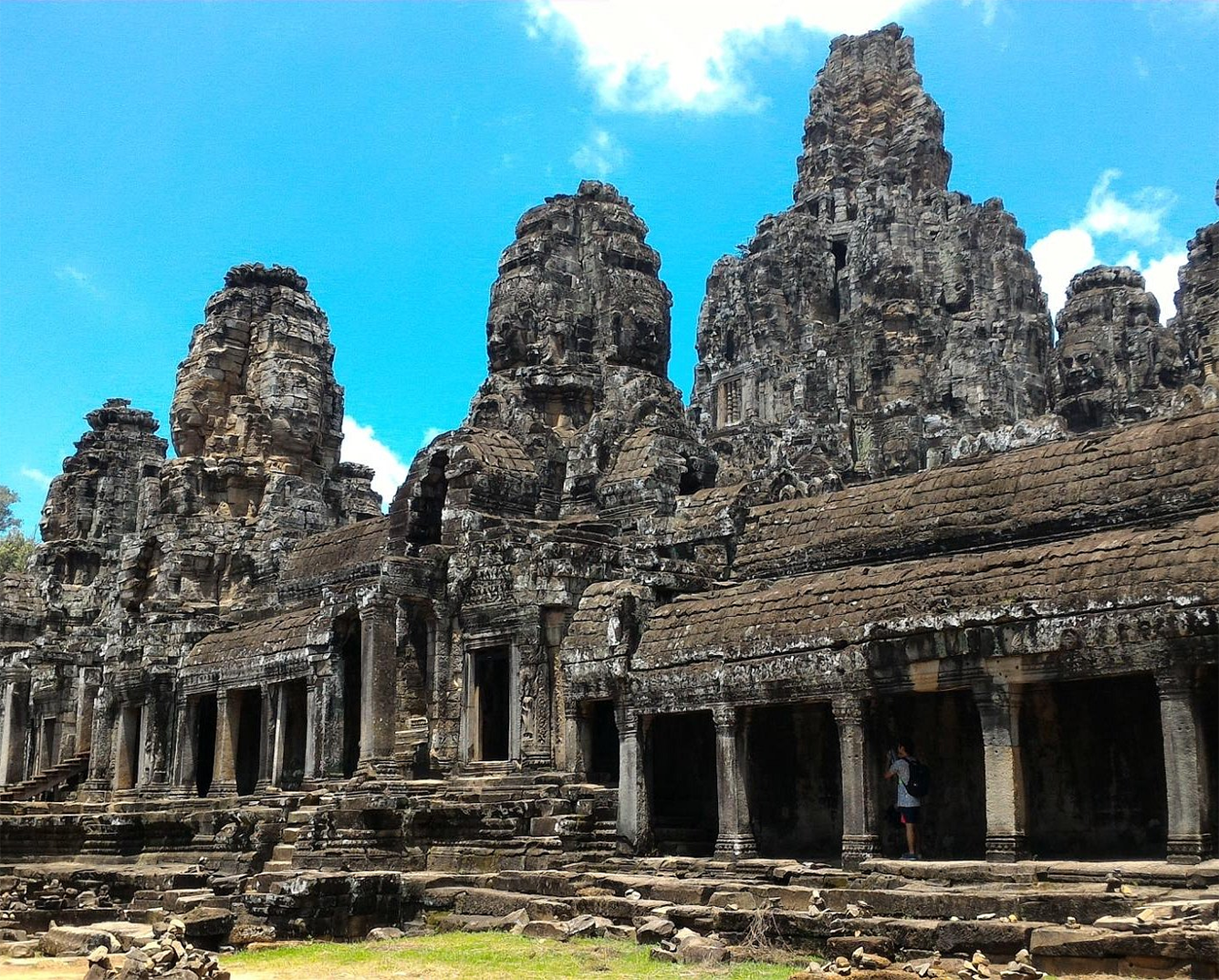
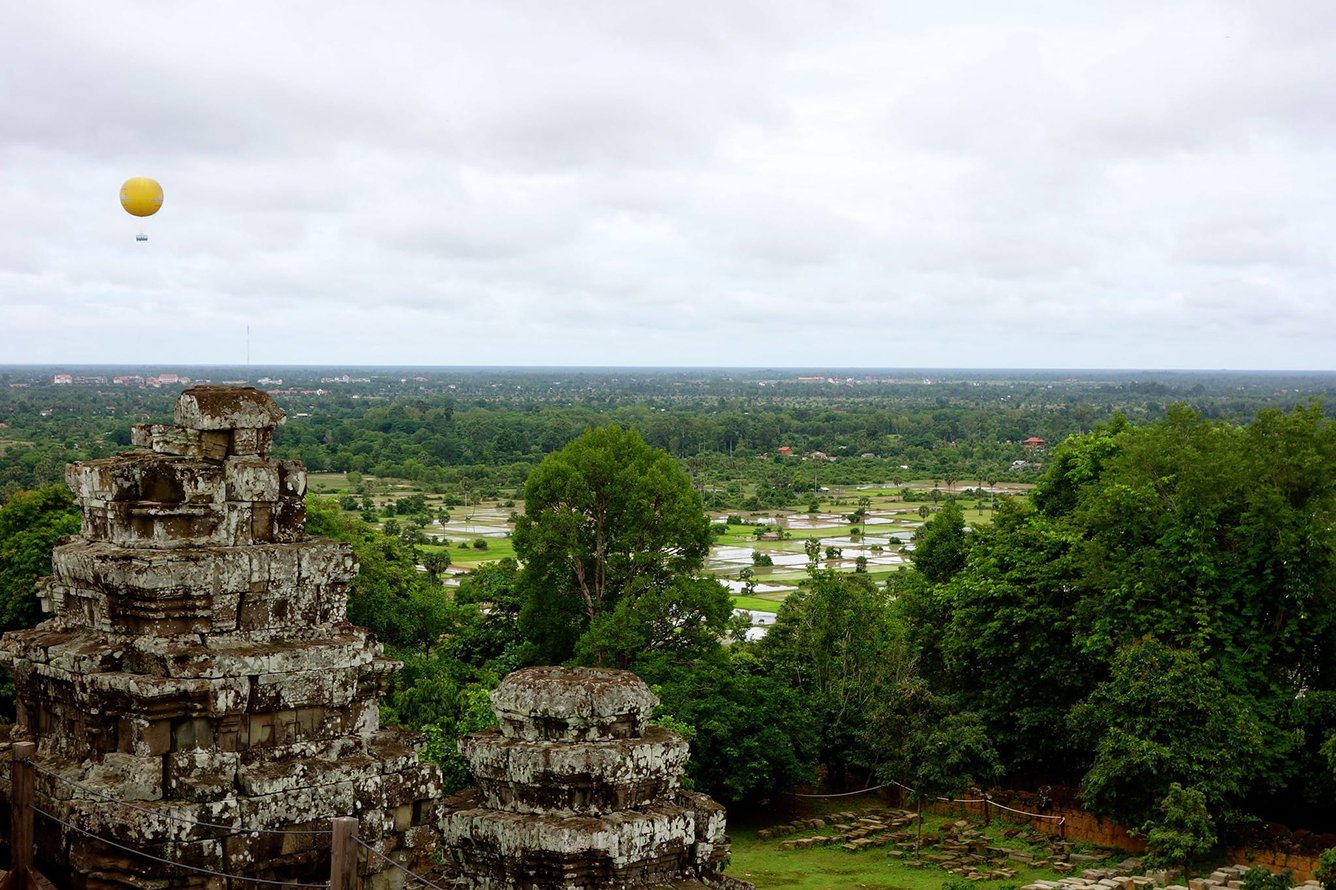
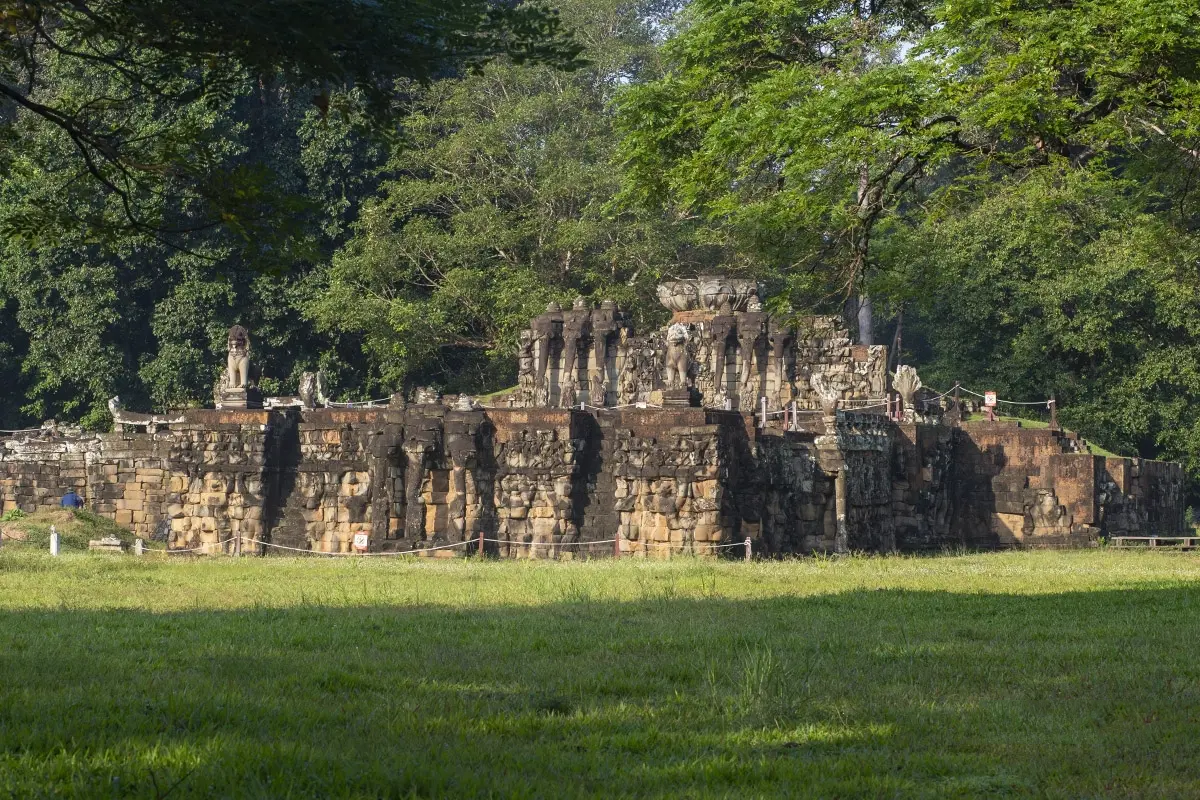
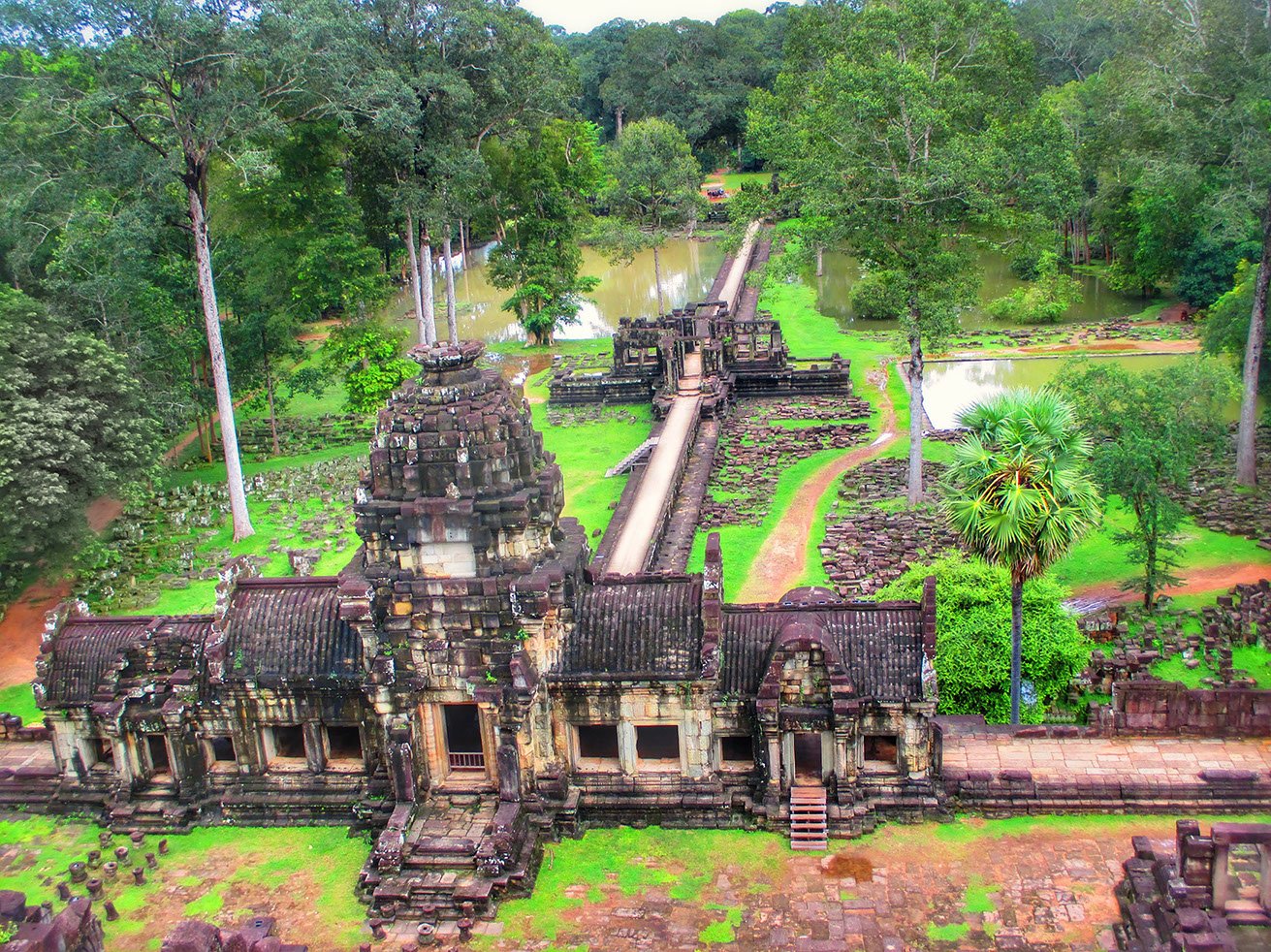
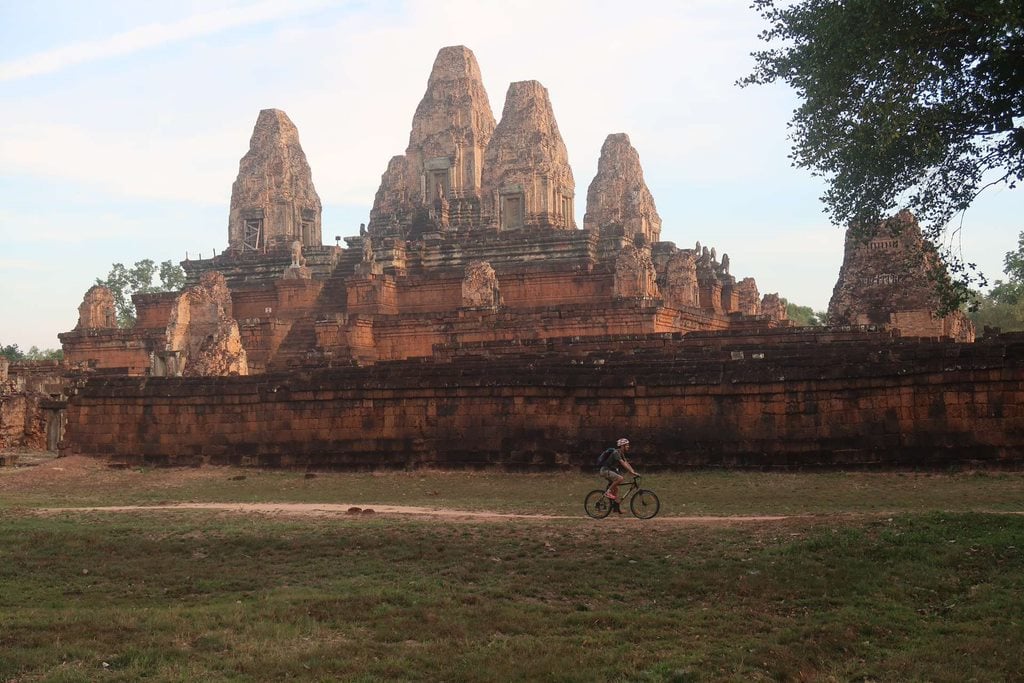


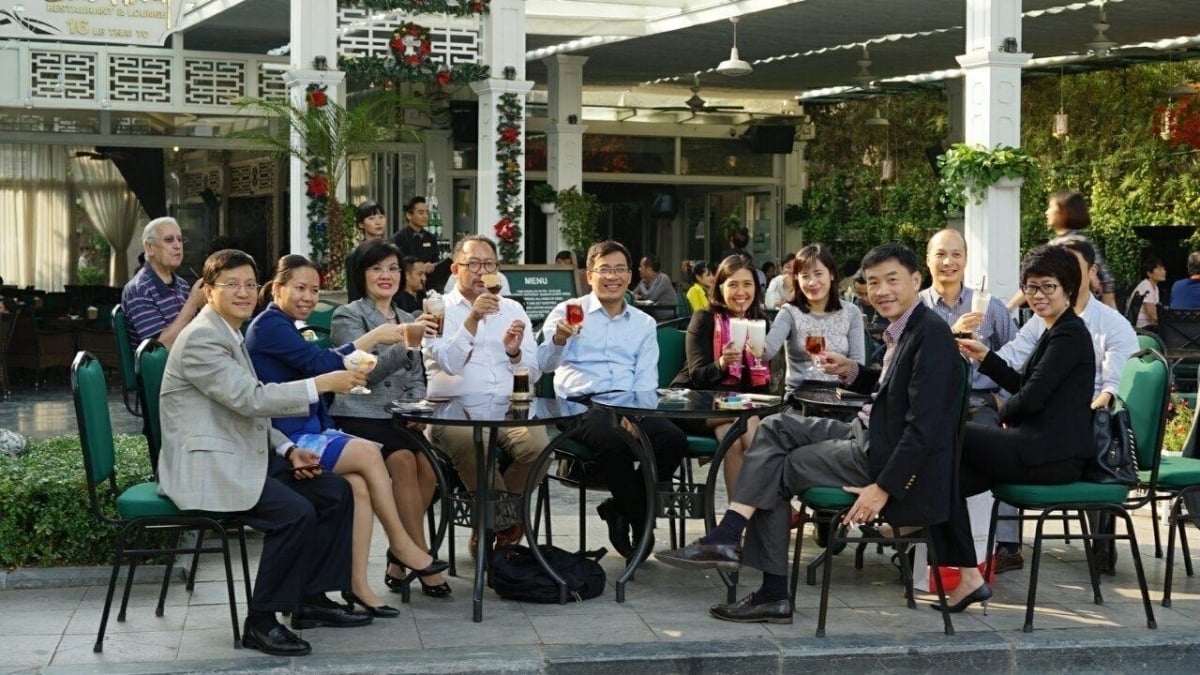
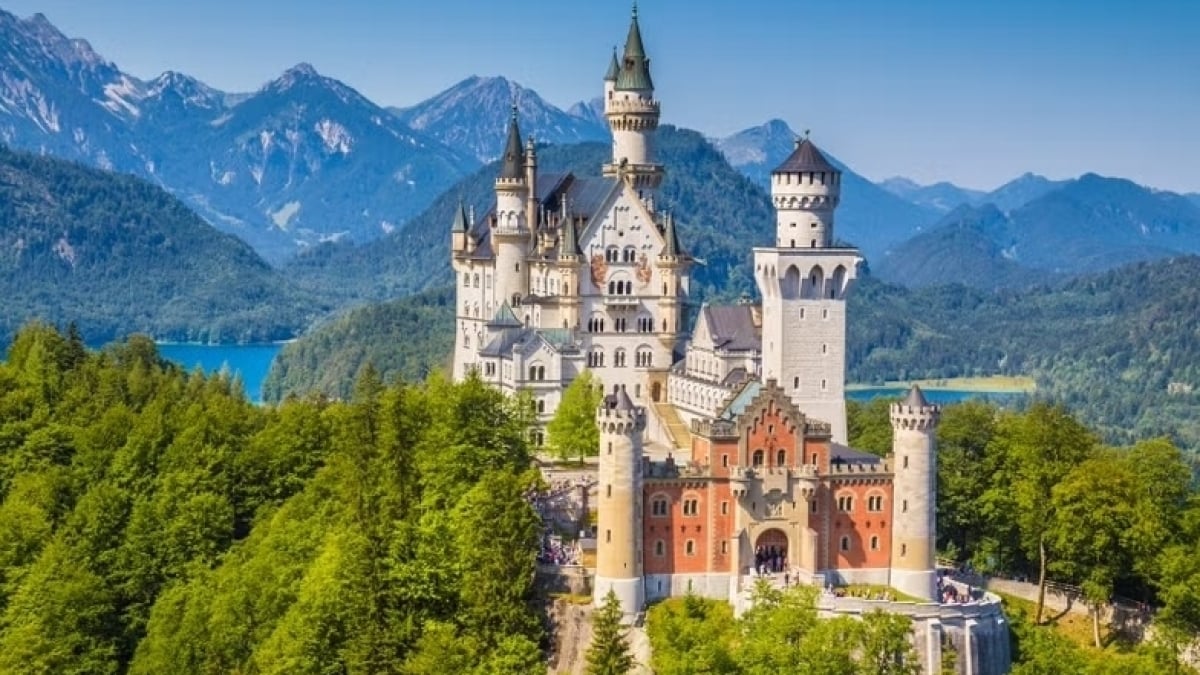





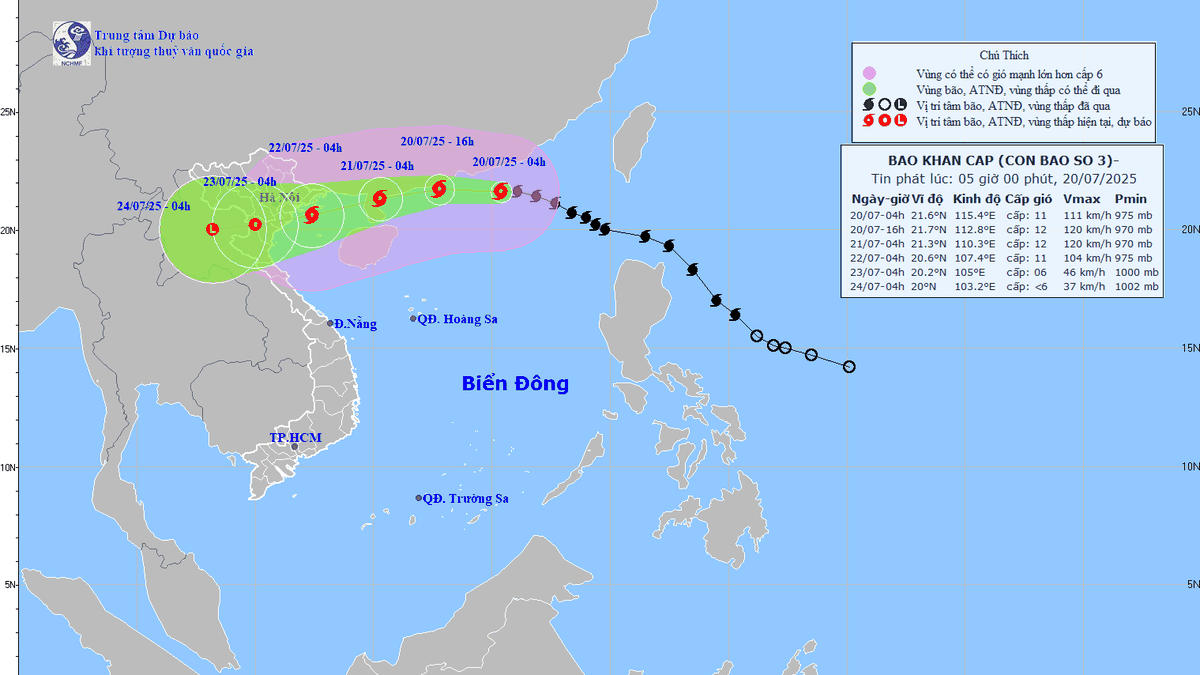





















































































Comment (0)